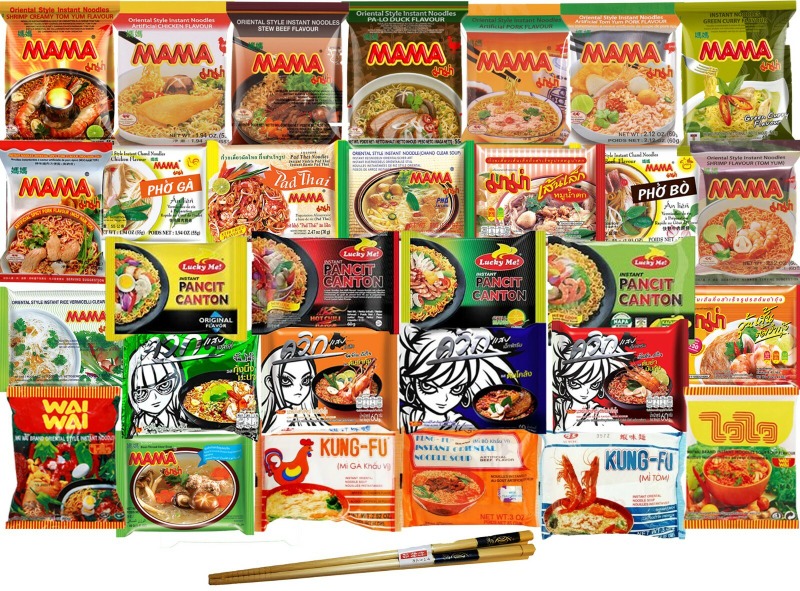Source: Link Testing Instruments Co.,Ltd.

As a high-fat food, the sealing performance of instant noodles directly impacts acid value control and shelf life. GB/T 15171, "Test Method for Sealing Performance of Flexible Packages," provides a standardized testing basis for the industry, with the negative pressure method (vacuum decay principle) being the core method for instant noodle package sealing testing. Link Testing based on the standard requirements, analyzes the key points of instant noodle package sealing performance testing:
I.Core Changes to the Standard
Expanded Scope of Application
The new standard (GB/T 15171-2025) covers flexible, semi-rigid, and rigid packaging, replacing the 1994 version's limitation of only covering flexible packaging. It is particularly applicable to diverse packaging formats such as instant noodles in laminated film and aluminum-plastic bags.
Vacuum Decay Method
The vacuum decay method, based on a high-precision pressure sensor, assesses sealing performance by quantifying the "vacuum decay rate" (Pa/s), addressing the subjectivity and instability of traditional visual inspection methods.
II. Test Method Details
Principle: Immerse the package in water, create a vacuum, and observe for bubbles or water seepage.
Applicable Scenario: Instant noodle packaging with a water-resistant outer layer (such as PE or PP).
Procedure:
Place the sample in a vacuum chamber and fill it with test water (clean, transparent, non-distilled water).
Evacuate to the set pressure (e.g., 20kPa-90kPa) and maintain pressure for 30-60 seconds.
Criteria: The seal is deemed acceptable if there are no continuous bubbles and no water seepage after opening.
Principle: Quantify seal performance by monitoring pressure changes within the vacuum chamber.
Applicable scenarios: Instant noodle packaging requiring high-precision testing (e.g., multi-layer composite films, special-shaped bags).
Procedure:
Place the sample in the test chamber and evacuate to the target pressure.
Use a pressure sensor to record the vacuum decay rate (Q = (P1 - P2)/T).
Criteria: The seal is deemed acceptable if the decay rate is below the limit (e.g., 0.1 Pa/s).
III. Recommended Testing Equipment
Link Testing, as a packaging testing equipment service provider, offers leak-tightness testing equipment that complies with the GB/T 15171 standard:
Equipment Selection: LTY-01 Leak Tester
Features:
Supports dual-mode testing using the underwater bubble method and vacuum decay method.
Vacuum adjustment range: 0.01-90 kPa, precisely adapted to the needs of instant noodle packaging.
Automated Operation: One-touch segmented vacuum, constant pressure hold, and real-time data recording.
Advantages:
Transparent vacuum chamber design allows for easy observation of bubble formation.
Compliant with GMP requirements, supporting audit trails and data encryption.
Summary:
With food safety receiving increasing attention, standardized seal testing has become essential for ensuring product quality. Companies can select compatible equipment based on the GB/T 15171 standard for precise testing
For more details please visit www.linktesting.org